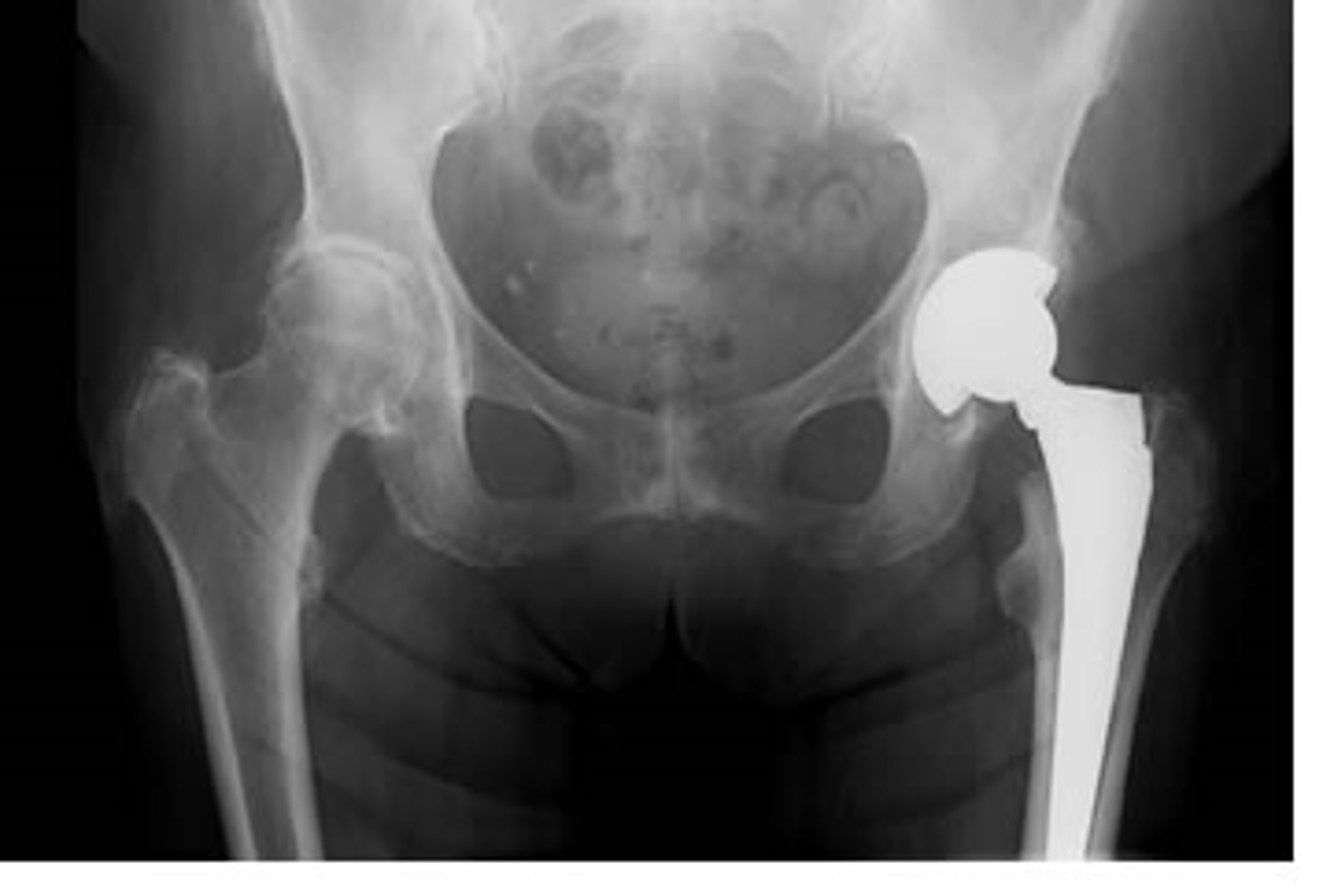ORTHOPAEDIC SURGEON
Do I need a hip replacement?
Damage to the articular cartilage (the tissue that covers the bone in the joint) of the hip joint surfaces lead to wear and tear changes in the hip joint, also known as arthritis. The vast majority of patients have osteoarthritis, a small number have inflammatory arthritis and occassionally it can be caused following a fracture of the hip socket (acetabulum). Patients typically complain of groin pain and or knee pain with or without stiffness and occassionally a limp.
Early treatments for arthritis in the hip joint include pain relief medication, physiotherapy and injection therapy. When this has failed and arthritis is causing you significant pain or impacting on your quality of life it is time to consider a hip replacement.
What is a Hip Replacement made from?
There are many different types of hip replacements available on the market and it is your surgeon who will decide on what type suits you best.
The implants are made from metal, normally a titanium alloy or other metal. The liner of the socket is made from a highly cross linked polyethylene (plastic) or ceramic.
Hip implants are fixed to bone either by using special bone cement or by a coating on some hip replacements that causes bone to grow into the implants.
There are many different ways to put a hip replacement in, your surgeon will explain which way they use and where your scar will be.
Complications of Total Hip Replacement Surgery
Post Operative Care













